The Post-Ride Challenge and Why Recovery Is Key
Every cyclist knows the feeling. You unclip your shoes after a long, challenging ride, and a wave of pride washes over you. It’s quickly followed by the satisfying ache of heavy, tired legs. That feeling of exhaustion is your body’s way of telling you it just did something incredible, but it also needs help to bounce back.
During endurance cycling, you create tiny micro-tears in your muscle fibers. Think of it as the price of getting stronger. At the same time, you drain your body’s primary fuel source, known as glycogen, leaving your energy tank on empty. Your body is now in a state of breakdown, and it’s looking for the resources to start rebuilding.
This is where the concept of the "anabolic window" comes into play. In the 30 to 60 minutes immediately after your ride, your body is exceptionally receptive to nutrients. It’s ready to absorb protein and carbohydrates to kickstart the repair process. Getting your cycling recovery nutrition right during this golden hour is essential for reducing soreness and preparing you for your next ride.
To make that happen, your body needs a dedicated repair crew. Protein is that crew. It provides the amino acids, or building blocks, necessary to patch up those muscle fibers, making them stronger and more resilient than before. Without it, recovery takes longer, and you miss a key opportunity to maximize your training gains.
Plant-Based Protein for Effective Muscle Repair

For years, a common myth suggested that plant-based proteins were somehow incomplete or inferior for athletes. We now know that’s simply not the case. Modern vegan protein powders are intelligently designed to provide everything your muscles need for a full recovery. The key is in the blend.
By combining different plant sources, such as pea and brown rice protein, manufacturers create a complete amino acid profile. This means you get all nine essential amino acids your body can't produce on its own. This is crucial for triggering what’s known as Muscle Protein Synthesis (MPS), the biological process of rebuilding muscle tissue.
The most important player in MPS is an amino acid called leucine. It acts like a switch that tells your body to start repairing and building muscle. High-quality plant based protein for muscle repair is rich in leucine and other Branched-Chain Amino Acids (BCAAs), making it just as effective as animal-based alternatives for post-ride recovery. In fact, understanding the different options is a great first step, which is why we've explored some of the best protein powders to help you compare.
Beyond the science, there are practical benefits that many cyclists appreciate. Plant proteins are naturally free of lactose, a common cause of digestive discomfort. This means you can refuel without the bloating or stomach issues that can sometimes follow a whey protein shake. Additionally, plant-based foods are packed with anti-inflammatory compounds that can help manage exercise-induced inflammation, potentially reducing muscle soreness and helping you feel better, faster.
Choosing the Right Vegan Protein Powder
With so many options available, finding the right vegan protein can feel overwhelming. But once you know what to look for, you can confidently choose a product that supports your performance and recovery goals. Let's break it down.
A Breakdown of Popular Plant Proteins
Different plant sources offer unique benefits. Understanding their individual strengths can help you appreciate why blends are often so effective.
| Protein Source | Key Benefit | Amino Acid Profile | Best For |
|---|---|---|---|
| Pea Protein | Rich in BCAAs (especially leucine) | High in most essential amino acids, but lower in methionine | Athletes focused on muscle synthesis |
| Soy Protein | Complete protein source | Contains all nine essential amino acids | All-around recovery and muscle support |
| Rice Protein | Hypoallergenic and easy to digest | Good profile, but lower in lysine | Cyclists with sensitive stomachs |
| Hemp Protein | Rich in fiber and healthy fats | Complete protein, but lower concentrations than soy or pea | Holistic nutrition and digestive health |
Note: This table highlights the general characteristics of each protein source. Blended proteins are often formulated to balance these profiles, providing a more complete and effective product for recovery.
Why Blends Are Often the Best Choice
As the table shows, single-source proteins have their own strengths and weaknesses. A blend of pea and rice protein, for example, creates a powerhouse combination. The high leucine content of pea protein complements the methionine-rich profile of rice protein, resulting in a complete amino acid spectrum that rivals any animal-based protein. As the Mayo Clinic highlights, combining various plant sources is a reliable way to get all the protein you need. This is the principle behind well-formulated products like our Chocolate Vegan Protein, which is designed for optimal recovery and a smooth, delicious taste.
How to Read the Nutrition Label Like a Pro
When searching for the best vegan protein powder for athletes, the label is your best friend. Here’s what to look for:
- Protein Content: Aim for 20-40 grams of protein per serving to effectively stimulate muscle repair.
- Sugar Content: Look for powders with minimal or no added sugar. You can add natural sweetness with fruit in your shake.
- Clean Ingredients: Avoid long lists of artificial flavors, fillers, and gums that can cause digestive upset.
The Importance of Third-Party Testing
For any athlete, knowing what you put into your body is non-negotiable. Look for certifications from third-party organizations like NSF Certified for Sport. This seal of approval guarantees that the product is free from banned substances and that what's on the label is actually in the container. It’s a simple way to ensure purity, safety, and peace of mind.
Crafting the Perfect Post-Ride Recovery Shake

Now that you have your protein, it’s time to put it to work. The perfect post ride recovery drink is more than just protein and water. It’s a strategic combination of nutrients designed to refuel, repair, and rehydrate your body all at once.
The most important partnership in recovery is between protein and carbohydrates. While protein is the repair crew, carbohydrates are the fuel delivery truck. Consuming carbs after a ride helps replenish your depleted glycogen stores and creates a small insulin response that shuttles amino acids from the protein into your muscles more efficiently. It’s a powerful synergy that accelerates recovery.
Here is a simple, customizable formula for your go-to recovery shake:
- 1 Scoop of Vegan Protein: The foundation for muscle repair.
- 1-2 Servings of Fruit: A banana or a cup of berries provides easily digestible carbohydrates and antioxidants.
- 1 Tablespoon of Healthy Fat: A scoop of almond butter or chia seeds helps reduce inflammation and promotes satiety.
- 10-12 oz of Liquid: Water, almond milk, or oat milk helps with mixing and, most importantly, rehydration.
This simple shake gives your body everything it needs in that critical post-ride window. But recovery doesn’t stop there. To maintain a state of continuous repair, it’s helpful to distribute your protein intake throughout the day, aiming for 20-40 grams with each meal. This keeps a steady supply of amino acids available to your muscles. Once you master the basic formula, you can start experimenting. For more inspiration, check out these 3 easy vegan protein recipes you’ll actually crave.
Beyond Muscle Repair: Holistic Benefits for Cyclists
Choosing a vegan protein for cyclists is about more than just immediate muscle repair. It’s a choice that supports your long-term health and athletic wellness in several important ways. Intense training can temporarily suppress your immune system, leaving you more susceptible to getting sick. A plant-rich diet, supported by a quality vegan protein, is loaded with antioxidants that help counteract this effect and keep your immune defenses strong.
As an article from TrainerRoad explains, a plant-based approach offers numerous benefits for endurance athletes. Your joints and connective tissues also benefit. Nutrients commonly found in plant-based diets, like Vitamin C, help your body produce its own collagen, which is vital for maintaining healthy tendons and ligaments under the stress of cycling.
Finally, plant-based proteins are naturally free of cholesterol and low in saturated fat, which is great news for your cardiovascular health. As a cyclist, your heart is your engine, and fueling it with clean, plant-based nutrition is one of the best things you can do for your long-term performance and well-being.
Ready to feel the difference on your next ride? We invite you to share this with your cycling buddies and find the right fit for your routine. You can explore our full collection of plant-based proteins to get started on your recovery journey.



